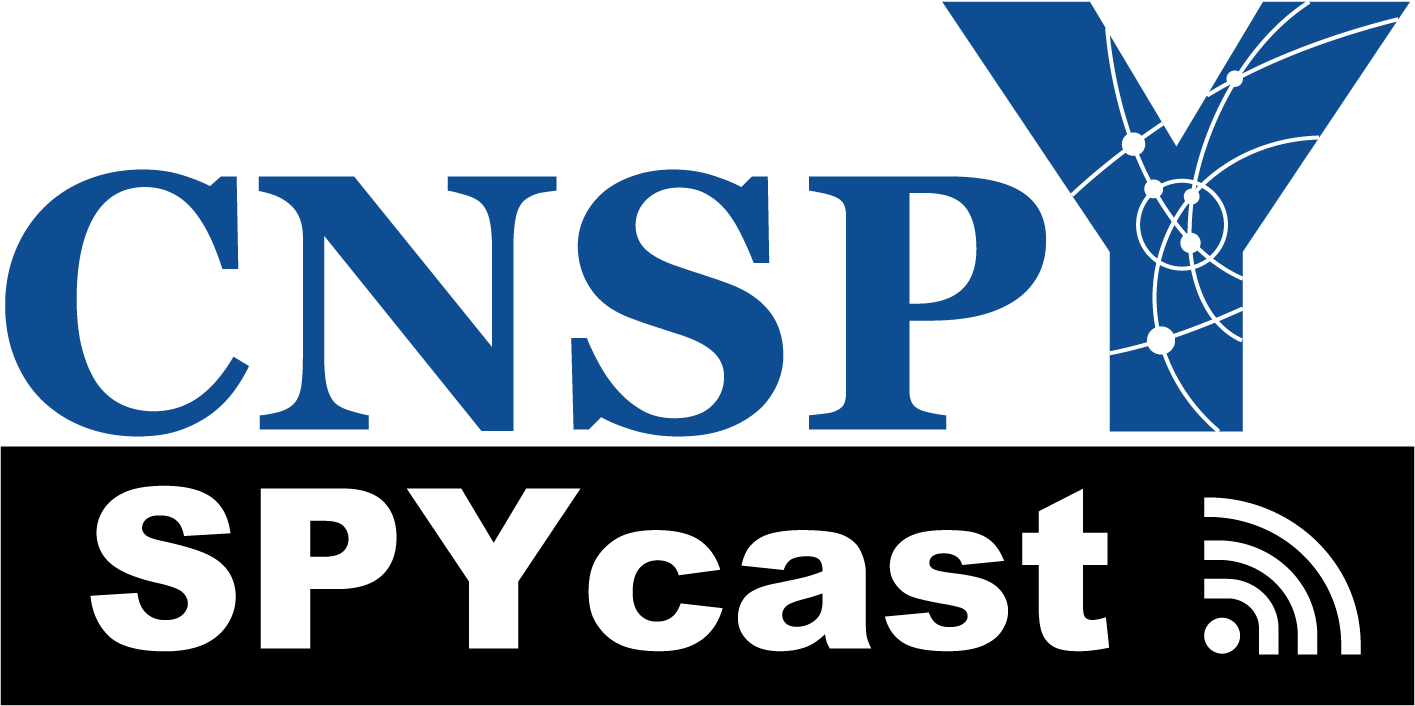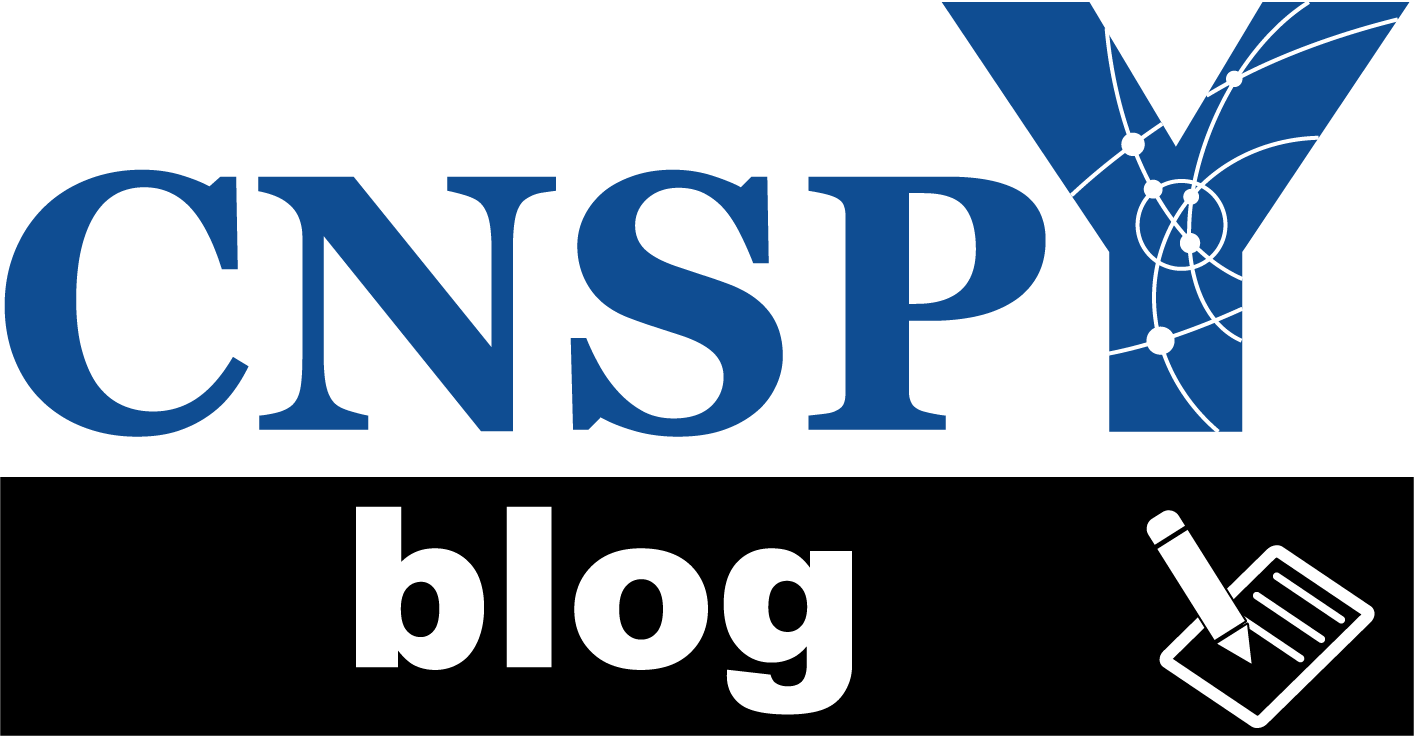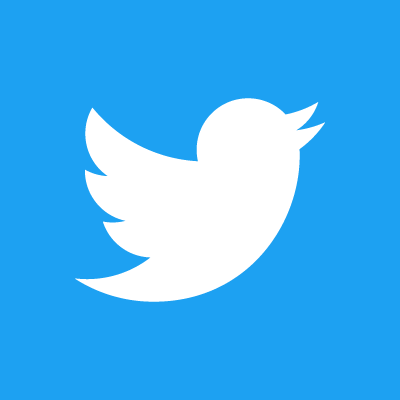After a while, we all get into a bit of a rut. It’s inevitable, especially when months of job searching and application submissions leave you empty-handed and jobless. Job hunting can be a draining and mentally exhausting task, and if you are about to graduate or about to run out of funding for your fellowship, it can be stressful to have nothing to show for months of work and searching while the clock is quickly ticking down.
But it’s a fresh new year, and with that comes resolutions. Resolve to revitalize your job search by taking on a completely new strategy this year!
When most people begin a job search, they start by searching databases of job postings – i.e., Monster, Indeed, LinkedIn, Nature Jobs, Science Careers, etc. Once they find a few listings that seem applicable or interesting, they write a cover letter and submit a resume or CV. And then they wait…. And wait…. And wait…. And probably NEVER hear back.
This can be demoralizing, and sometimes very intelligent people can internalize this rejection and feel as though they aren’t good enough or aren’t skilled enough to get a job. Then more panic and desperation ensues…
Recognize that the problem isn’t you – It’s the system.
Although this sounds like the classic “it’s not you, it’s me” excuse that people use to end dating relationships without hurting the other person, in this case, it’s true. It’s really NOT you, it’s the system – it’s broken, and arguably unfixable at the moment.
The black hole that is the online hiring funnel is intense and only about 25 people out of every 1,000 people who see the job posting will ever get connected to a hiring manager. The remaining 975 people will hear nothing but silence in return.
A report by Talent Function Group and Ere Media shows that out of every 1,000 individuals who see a job post, 200 will begin the application process, 100 will complete the application, 75 of those 100 resumes will be screened out by either Applicant Tracking Software (ATS) or a recruiter so only 25 resumes will be seen by the hiring manager, 4-6 will be invited for an interview, 1-3 of them will be invited back for a final interview, and 1 will be offered the job.
And also note that there are hundreds of applications submitted for each job posting.
With these numbers, you might have better luck winning the lottery than getting a job by submitting online applications, especially when you consider that ATS – a computer program that looks for specific keywords in your resume – throws out a number of well qualified candidates simply because of the way their skills are worded on their application materials.
Thus, if you want to get a job, you have to beat the system. You have to get around it because playing the numbers game is a shot in the dark in most cases.
So, how do you do this? How do you get around this ineffective system?
Instead of playing the numbers game, you need to play the people game.
With so many applications that are merely words and names on paper, no one stands out and it’s mostly an even playing field. So how is a recruiter supposed to sift through hundreds, if not thousands, of seemingly identical applications to pick the best candidate? Plain and simple, they can’t. It’s an impossible task, and because it’s an impossible task, anything or anyone that stands out automatically gets the upperhand.
So how do you stand out? You meet them. You talk to them. You make sure that you’re more than just words and a name on paper. In other words… you network.
If a recruiter or a hiring manager can meet the person on the piece of paper and get to know their personality and interests, they are better able to make an informed assessment of whether or not that candidate would be a good fit for the team. This is the most critical part of the application process, but this is never stated in the job listing.
ATS will automatically screen out resumes that don’t fit the job description (and also some that do fit unfortunately) based on whether or not the words found in the application materials match the words found in the job posting. Although this software eliminates a large number of applications, the recruiters still have hundreds to sift through, but the ones they must sift through are all equally skilled as per the job criteria. Once that playing field is equal, it comes down to personality and who will be a good fit for the team, but you can’t gauge personality from a resume. This is why networking is so important.
In addition to personality, recruiters also want to gauge your commitment to the team. Are you specifically looking to join THEIR team or do you just want a job – any job for that matter? But again, you can’t gauge commitment and desire in a resume, so once again networking is key because interacting and communicating with recruiters is how you become a person, instead of just an applicant on paper.
So take an (inter)active approach to online job searching so that your application gets pulled to the top of the pile of hundreds of equally skilled applicants. Here’s how to do this in 10 steps:
1) First, define a list of employers you want to work for.
Instead of using the “spray and pray” method in which you submit your resume to as many job applications as possible and just hope for the best, do your homework and identify a list of companies that you genuinely want to work for. Then focus your energy on these companies only. A deeper investment in a few companies will go a lot further than a surface-level investment in numerous companies.
2) Research the company and identify what impresses you about the products/services/business model they have.
Continue to do more homework and dig deeper. Find out as much as you can about your selected companies and identify exactly WHY you want to work for them. Is it because you like their products? Is it because you like their mission? Perhaps you like their goals but think there is a better way to achieve those goals – make a note of this and be ready to discuss it (respectfully!) when you finally meet a recruiter in the firm. Whatever the reason, know exactly WHY you want to work for these companies. This will be very important during your interactions with those who currently work for the company.
3) Determine why you think their product/service/business model is worthy of respect.
After you identify what you like about the company, reflect on why you believe it has a worthy mission or business plan. In other words, now that you know why YOU like the company, identify why you think OTHERS (i.e., customers, clients, etc.) would like the company. Sometimes this aspect of “why people like something” seems obvious, but often, it’s hard to verbalize and articulate this part of the ‘why,’ so take a moment and really think about it to come up with an intelligent answer that shows you did your homework.
For example, if you want to work for the Michael J. Fox Foundation (MJFF) for Parkinson’s Research because you have a relative who suffers from Parkinson’s Disease and the mission of the MJFF is important to you, it may seem obvious that others might feel similarly, so why should you have to think about this so much?
Well, every company, foundation, and institution has a different philosophy. If they didn’t, there’d be no need for different groups. They could all just work as one giant conglomerate if that were the case. Thus, what this point is really getting at is why the APPROACH is appealing. Why would others choose this company over its competitors.
In the MJFF example, benefactors may choose to donate to MJFF because their granting awards business model doesn’t merely give a research group the full amount of the award up front. Instead, after earning a $1,000,000 award, MJFF only gives the group $250,000 (let’s say) and withholds the rest until the group reaches certain research milestones. If the group doesn’t reach those milestones, the rest of the funds are funneled back into the grants budget and awarded to another, possibly more productive research group. With this business model, donors may feel that there is greater accountability and that their donations will be spent more wisely. This is a key distinction that sets this foundation apart from others, which may encourage donors to donate to MJFF over other Parkinson’s Research non-profit organizations.
Explaining to a recruiter that you think this is a wise and respectable approach will go a long way in your pursuit of securing a job with MJFF. Giving this type of rationale, instead of saying that the mission is close to your heart, shows a much greater commitment to and investment in the particular company in question.
4) Reach out and connect with people who work at these companies and start a discussion around their products/services/business model (NOT a discussion about job opportunities!).
After you’ve done a sufficient amount of homework, start talking to those who work at your target company. Importantly, DO NOT talk about job opportunities!!!! Instead, start showcasing your investment and dedication to the company by asking about their products, mission, business model, etc. Ask for clarification about the way they operate or how they acquire new clients. Talk about the direction of the company: where it came from and where it’s going in the future. Be genuinely interested in the company, not a job opening at the company. Showing interest in the company first will encourage current employees to begin a dialogue with you. If you simply start by asking for or about a job at the company, the employee may feel as though they are merely being used to get a foot in the door – which in most cases would be true. But before you do that, ask about the company first to earn their trust… see point #5.
5) Earn their trust first so you can seek their insights later on what it takes to get hired by this company.
With every dialogue you begin, the goal should be to earn the employee’s trust, not ask about a job opening. As mentioned in the previous point, if you start out with questions about employment, they may feel as though they are just being used (which they are!). Instead, if you build a rapport with them and get to know them and their company better, it is much easier to segue into a conversation about future employment with the company, and in some cases, they may even start that conversation for you! It’s not uncommon for someone at a company to mention that, “you know, if you’re interested, there may be an opportunity for you,” if they feel that you have the right skills and personality fit for the team. However, they won’t know this without first getting to know you.
So earn their trust first. Begin a dialogue about the company, ask intelligent questions, showcase your interest and your personality, and THEN move the conversation towards possible job openings. And note that this last step won’t be accomplished in a matter of minutes – it could take weeks or more after your initial contact. Be patient and don’t rush it, or you might ruin your chances. Nurturing a relationship takes time.
6) Get referred into the company directly by someone who works there or is connected to someone who works there.
As mentioned in point #5, you may get to a point in your discussion where the current employee brings up job opportunities. This is great! In fact, this would be the ideal situation because it means that they are basically recommending you for a certain position, and 80% of jobs are filled via referrals. After they get to know you, having them refer their hiring manager to you and your application is a much better way to get noticed by a company. As stated earlier, this gives you an edge over other candidates because you are not merely a name and some words on a piece of paper. You are a person with genuine interest in the company and a great personality. In essence you are the package deal, so work those initial conversations such that the person with whom you’re speaking ultimately refers you for a position.
7) Get fast-tracked to an interview.
After getting recommended for a position, speak to the recruiter or hiring manager and work the conversation so that you land yourself an interview. Keep in mind that you don’t have to play hardball or be overly aggressive here because you have already gotten around the online application system and ATS. You are one of the golden 25 out of 1,000 who is in contact with a hiring manager, so your chances of getting the job have skyrocketed! Since you haven’t yet met this person and all they are going off of is the recommendation from their colleague, be sure to showcase your personality and your interest in the company for the reasons stated above. This will demonstrate to yet another person at the company – and one with hiring power! – that you are a great candidate for the position.
8) Nail the interview because you can share how you feel connected to the company’s products/services/business model (see how important point #2 above is?).
Next, you want to nail the interview, but because you have done so much homework on the company, both on your own and by talking to current employees, the interview should be a breeze. It should merely be a confirmation to the higher-ups that you are a true reflection of the recommendations they’ve heard about you from their colleagues. Just be yourself, be engaging, ask great questions, show genuine interest, and smile throughout the day, and you should do amazingly well. For more on mastering your job interview, see our previous blog post series on Interviewing: Post 1, Post 2, and Post 3.
9) Follow-up and say your “Thank You’s.”
THE most important thing about the interview is the follow-up. After you’ve spent the day with potential future coworkers, thank them for their time, appreciate them for the insights they gave you, and wish them well for the rest of the week, weekend, or at their next big event – yes, reference something specific if it came up! This could be a meeting they’re about to attend, a son’s weekend football game, or a family trip coming up. Mention it and give your follow-up email a personalized touch.
Additionally, make sure you follow-up with EVERYONE: the people you met that day, the recruiter who set up the day, and the employees with whom you initially began your dialogue way back when you were just “asking questions” about the company. (This aspect of following up is also discussed in the Interviewing series, Post 2).
10) Get the job offer and start a new, better job with a company you essentially CHOSE to work for!
With this approach to job searching, your chances of the securing the job are immensely improved. In fact, this type of targeted approach is proven to decrease the amount of time it takes to find a job according to a report by the Career Advisory Board of DeVry University. So once you get that job offer, CELEBRATE!! Great work!! Now go enjoy the beginning of your new career. 🙂
The Take-Home Message: Stop applying blindly to online job postings. Revitalize your job search by actively seeking out employers and getting to know their employees. Then get yourself referred for a job at your target company! 🙂
** Approach your job search with this new, targeted strategy and let us know how it goes! **
Share your thoughts below by clicking the “Leave a Reply” link or by clicking the chat bubble in the top right of the post.




